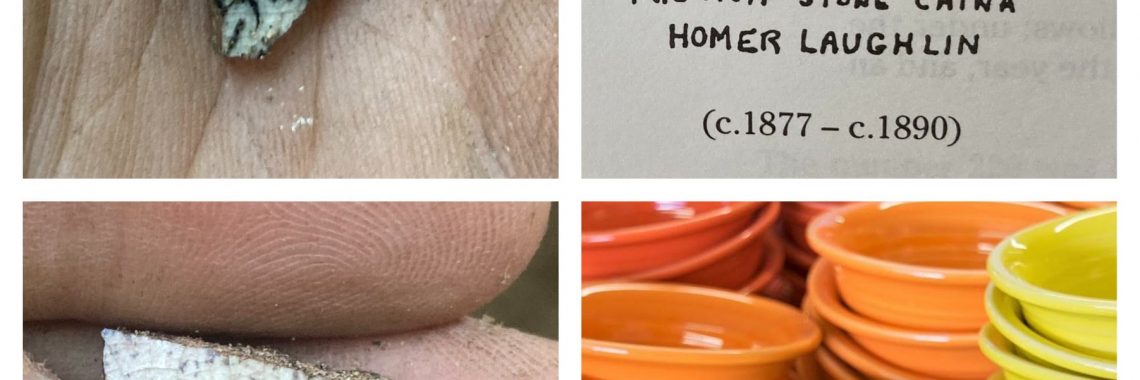County Executive Announces Oral History Virtual Tour of Civil Rights Era in Anne Arundel County
New site features more than 50 oral history interviews with residents documenting Civil Rights Era
Annapolis, MD (February 8, 2022) Anne Arundel County Executive Steuart Pittman announced the launch of an oral history virtual tour of the Civil Rights Era in Anne Arundel County. The virtual tour, completed by Anne Arundel County’s Cultural Resources Section in partnership with local historians, can be found at www.aacounty.org/civil-rights-era.“Having stayed up way too late the other night watching the interviews on this site, I can tell you that they are captivating, inspiring, and uplifting,” County Executive Steuart Pittman said. “I am so grateful to the men and women who shared their history and the historians who are bringing it to the public and to our students. This is the kind of honest, direct presentation of history that makes us a better community.”
The new site features more than 50 oral history interviews collected from residents across the County, and is presented as a tour of local places, people, and everyday experiences during a time of segregation. It documents spaces of leisure and recreation, where people of color could gather and enjoy solidarity and empowerment; places like stores, ballfields, beaches, juke joints, movie theaters, beauty salons, and barber shops.
“Historic preservation is not only about saving grand old buildings, but about preserving the stories of the people and the places that have profoundly influenced County history,” said C. Jane Cox, Administrator of the County’s Cultural Resources Section in the Office of Planning and Zoning. “Documenting this chapter of local history from the not so distant past helps our Office in its mission to preserve diverse aspects of local history for future generations.”

The project began in 2017 with funding from the National Park Service’s Civil Rights Grants Program. A team of historians from Anne Arundel County in partnership with the non-profit Lost Towns Project, Inc worked with citizens who generously shared memories of what life was like during segregation, and uncovered their compelling stories of injustice, resistance, and sacrifice, perseverance and triumph. Lyndra Marshall (née Pratt) was the lead historian on the project, supported by Dr. John Kille.
“What I love about the Civil Rights Oral History Project: it connects people with their memories and with the way life was during the Civil Rights Era,” lead historian Lyndra Marshall (née Pratt) said. “These stories give a glimpse into the many ways residents engaged in recreation and leisure during segregation. They found creative ways to have fun times with family and friends in spite of being blocked from public spaces or they became owners of social spaces.”

The project has also resulted in a ground-breaking partnership between Anne Arundel County and the Maryland State Archives. The Archives has established a dedicated Special Collection where the full length oral history footage and transcriptions are to be housed in perpetuity, and can be found here.
Katara West from the Office of Equity & Accelerated Student Achievement and the Social Studies Office at Anne Arundel County Public Schools lauded the tour as a “valuable resource for learners of all ages. The AACPS Local History Initiative plans to utilize this site to educate students and staff about the stories of perseverance, triumph, and strong community bond of African Americans in Anne Arundel County during the Civil Rights Era and beyond! This site will serve as another valuable tool in building social studies and other curriculum that is inclusive of Anne Arundel County history.”
To view the virtual tour and experience local history through the eyes and stories of those who lived it, visit www.aacounty.org/Civil-Rights-Era.










